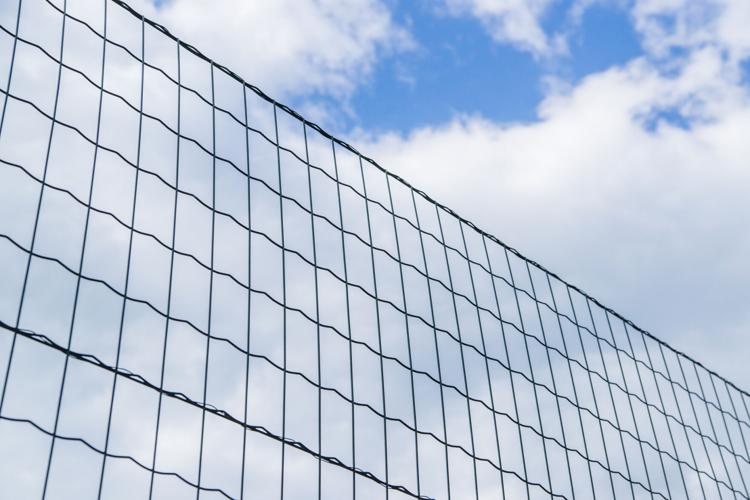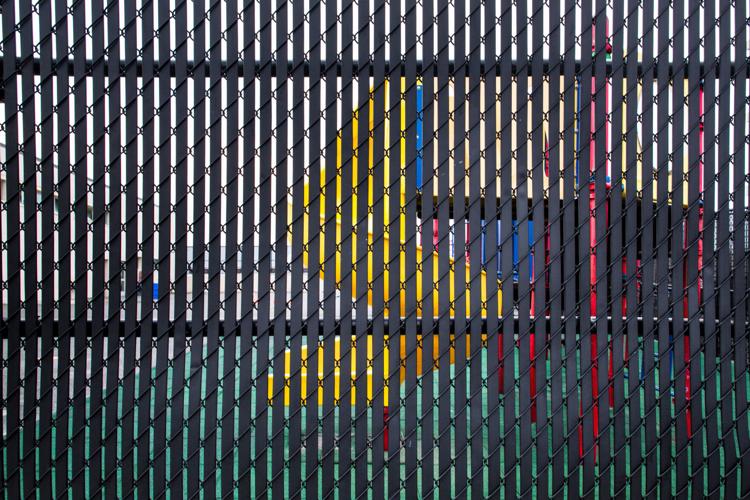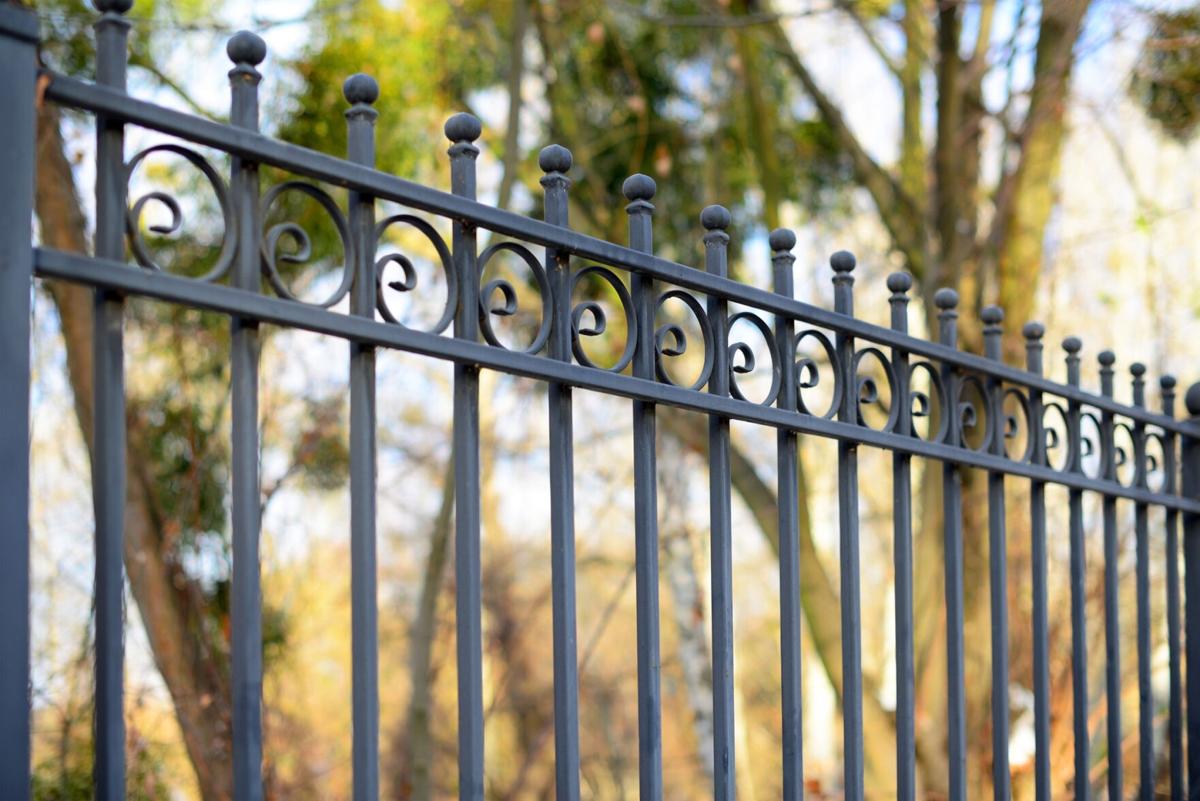It’s likely that at some point you will want to fence in at least a part of your yard. Fencing gives you privacy, and also keeps unwanted larger animals (like deer and javelina) out of your yard. If you have pets or kids, fencing also provides a measure of safety and containment.
In addition to these practical considerations, fencing can also be attractive. There are a lot of options out there, and some are better and worse for our desert climate. You will also want to consider aesthetics, and how the fencing material blends in (or doesn’t) with our natural surroundings and the style of your house. Finally, consider how durable the fencing material will be in our harsh desert climate.
Fencing prices are generally given in price per linear foot (lf), and that is how I have them listed below. Please keep in mind that these prices are approximate, and supply chain issues may result in different pricing than what you see here. Also, these prices do not include additional materials like fence posts and concrete. Prices for installation can also vary widely, so get at least three estimates from reliable contractors so you can compare prices.
In addition to these options, you can also consider combinations like wrought iron and masonry or wood frames with wire panels for a more finished look.
Metal
Solid steel fencing (corrugated): This material may be metal-colored but is most often seen in rusted metal versions which blend in well with our landscape.
- Cost (per linear foot): $30-$50
- Pros: Has a modern, industrial aesthetic, which may suit certain homes. Provides privacy.
- Cons: Can seem imposing, and blocks your view.

Mesh fencing allows for views, but provides little privacy.
Wire fencing: This includes hog fencing, mesh fencing and similar products. Hardware cloth can be added along the bottom for snake proofing.
- Cost (per linear foot): $1.50-$3
- Pros: Inexpensive; allows for views through the fencing, comes in height suitable for deer fencing. A subtle fence that is well-suited to large areas.
- Cons: Can look somewhat unfinished; not the best choice for privacy.

This chain link fence has had slats added to it for extra privacy.
Chain link fencing: This is relatively inexpensive and quick fencing, but leaves a lot to be desired when it comes to aesthetics. However, it can be dressed up with vines, ocotillo fence panels, or manufactured slats inserted through the chain links.
- Cost (per linear foot): $9-$30
- Pros: Inexpensive, fast to put up.
- Cons: Not attractive.
Wrought iron fencing: This fencing suits many Southwestern-style houses.
- Cost (per linear foot): $25-$45 for prefabricated; can be $300 or more for hand-wrought.
- Pros: Attractive, suits the Southwest aesthetic; timeless look; durable
- Cons: Expensive
Aluminum fencing: This type of fencing usually comes painted in colors of your choice and has a similar look to wrought iron.
- Cost (per linear foot): $25-$35
- Pros: Less expensive than wrought iron fencing with a similar look
- Cons: Not as durable as iron.

Masonry walls have a great aesthetic but can be very pricey due to the labor required to build them.
Masonry
This includes walls made of brick, adobe, cinderblock or other similar materials.
- Cost (per linear foot): $6-$20 for materials. Labor will be expensive and costs vary greatly.
- Pros: Matches well with desert architecture. Adobe is a local, natural material and does not need any painting or stucco to look good. Solid and durable.
- Cons: Some materials will require a layer of stucco. Expensive due to labor costs.
Wood
This can come in various styles, from picket fences to board fences to trellises. You can find prefabricated panels that can be put up relatively easily as a DIY project. However, the posts do require concrete footings, which adds expense and time.
- Cost (per linear foot): $10-$25 (this may change quickly based on availability)
- Pros: Depending on the type of wood and the style of fencing, this can give you good privacy and can be relatively durable.
- Cons: Usually needs regular maintenance; will eventually need replacement due to UV and termite damage.
Artificial materials
These include vinyl, PVC, and various other artificial materials.
- Cost (per linear foot): $15-$40
- Pros: May come in pre-fab panels for easier assembly. Do not require painting.
- Cons: Aesthetics frequently don’t match the desert environment. Also, the materials may not last very long in our harsh climate and when they degrade, they result in microplastics in our soil. Materials like PVC also result in lots of toxic substances during manufacturing.
Other considerations
Depending on your needs, you may also consider other features in your fencing.
If you have pets or children, for instance, you should snake-proof your fencing. This site has great tips on how to DIY and also offers the service if you don’t want to mess around with hardware cloth yourself. Remember that you need to snake-proof all of your gates as well as the fencing. For livestock and other animals, you will need to consider chicken wire (for smaller animals) and other types of wire fencing (like barbed wire).
If you have a pool, make sure your fencing meets the necessary legal requirements for the City of Tucson or Pima County. This will not only provide safety for your (and others’) kids and pets but is frequently required by home insurance companies.
If your property is out in the desert, you may have issues with ground-burrowing critters like gophers and ground squirrels. There is no great solution for these little guys. If your yard area is small, you can install some type of blocking material such as a masonry footing or hardware cloth up to 18 inches deep around the entire perimeter of your yard. Otherwise, you can relocate the little guys humanely using no-kill traps, and hope they don’t return. I don’t advocate killing them, because there’s an infinite supply of more critters that will move into the abandoned tunnels as soon as you get rid of the previous batch. Plus, poisoning can harm the larger creatures that eat them, such as birds and bobcats, and leach into the environment. It's best to share your space with them, and fortify the parts of your yard that are really important to you.
If you grow lots of tasty food plants, you may also want to consider deer-proofing your yard. This means at least 7- to 8-foot fencing around your yard. Your cheapest option for this would be wire fencing; this can be coupled with hardware cloth around the bottom 3-4 feet to keep snakes and non-burrowing critters out.
If you’re out in the desert, however, I recommend building fortified planters for your veggies, with hardware cloth or chicken wire on the top, bottom and sides, and solid metal, wood or block walls. For fruit trees, consider buying bags to fasten around the fruit you want to keep. This should keep the majority of your food from getting eaten by the various wildlife. You can distract these would-be thieves by planting native plants outside your fence that are appealing, and providing waterholes far away from your yard.








